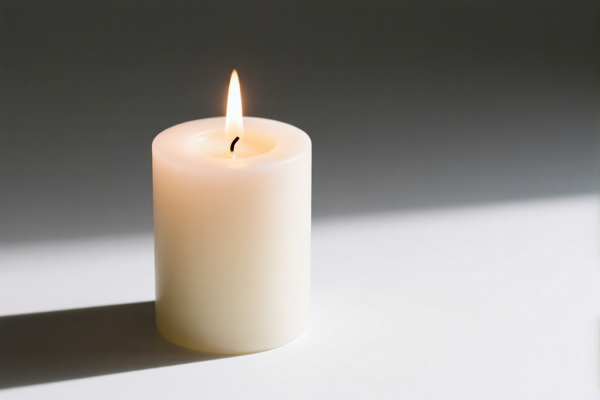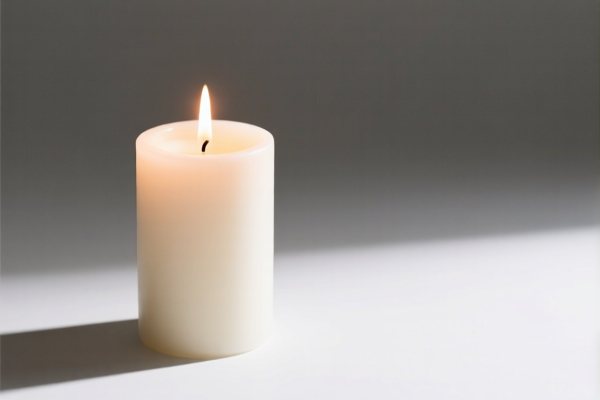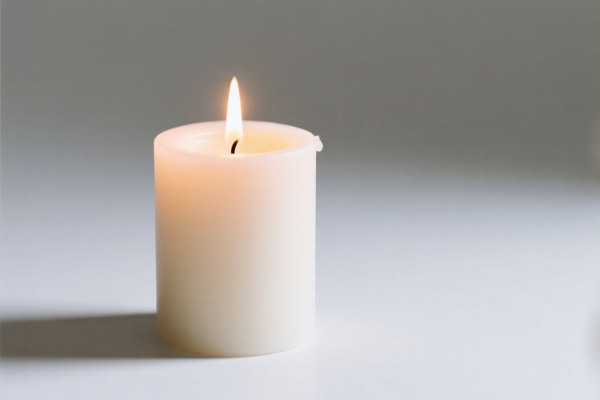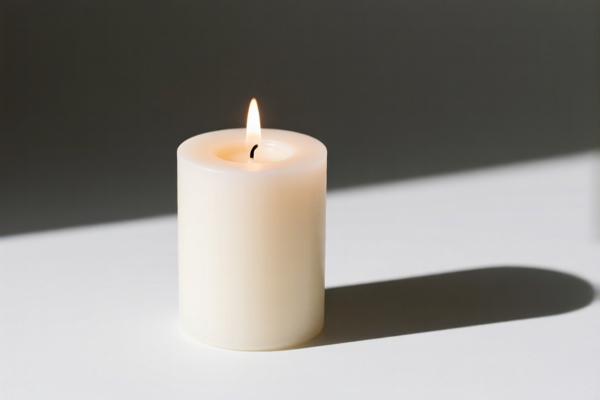| HS Code | Official Doc | Tariff Rate | Origin | Destination | Effective Date |
|---|---|---|---|---|---|
| 3406000000 | Doc | 37.5% | CN | US | 2025-05-12 |
| 1506000000 | Doc | 57.3% | CN | US | 2025-05-12 |
| 1504206040 | Doc | 1.5¢/kg + 5%+55.0% | CN | US | 2025-05-12 |
| 1504206040 | Doc | 1.5¢/kg + 5%+55.0% | CN | US | 2025-05-12 |
| 9614009890 | Doc | 0.5¢ each + 3%+37.5% | CN | US | 2025-05-12 |
| 9614009810 | Doc | 0.5¢ each + 3%+37.5% | CN | US | 2025-05-12 |
| 9620005000 | Doc | 60.3% | CN | US | 2025-05-12 |
| 9620005500 | Doc | 58.3% | CN | US | 2025-05-12 |
| 3101000000 | Doc | 55.0% | CN | US | 2025-05-12 |
| 2617900060 | Doc | 55.0% | CN | US | 2025-05-12 |




DIY Candles
DIY candles encompass the creation of candles made at home, offering a customizable alternative to commercially produced options. The practice ranges from simple melt-and-pour techniques to more complex methods involving wax carving and scent blending.
Materials
The core components of DIY candle making include:
- Wax: Various waxes are employed, each with distinct characteristics. Common types include:
- Soy Wax: A natural wax derived from soybeans, known for its clean burn, affordability, and excellent scent throw. Often preferred for container candles.
- Paraffin Wax: A traditional wax derived from petroleum, offering a strong scent throw and vibrant color retention. Historically the most common wax type.
- Beeswax: A natural wax produced by honeybees, prized for its natural honey scent, long burn time, and air-purifying properties. Typically more expensive.
- Coconut Wax: A natural wax derived from coconut oil, offering a slow, clean burn and excellent scent throw. Often blended with other waxes.
- Palm Wax: A natural wax derived from palm oil, known for its crystalline appearance and slow burn. Ethical sourcing is a concern.
- Wicks: Cotton wicks are the most common, available in various sizes to suit different container diameters and wax types. Wood wicks are also popular, offering a crackling sound and unique aesthetic.
- Fragrance Oils or Essential Oils: Used to scent the candles. Fragrance oils are synthetic and offer a wider range of scents. Essential oils are natural but may have a weaker scent throw.
- Containers: Heat-resistant containers such as glass jars, tins, or ceramic vessels.
- Color Dyes (Optional): Used to add color to the candles. Available in liquid, block, or flake form.
- Additives (Optional): Such as UV inhibitors to prevent fading, or vybar to improve scent throw.
Purpose and Function
The primary purpose of DIY candles is to provide illumination and fragrance. Candles create ambiance, relaxation, and a decorative element in a space. They can also be used for specific purposes such as aromatherapy, meditation, or religious ceremonies.
Usage Scenarios
DIY candles are suitable for a wide range of settings:
- Home Decor: Creating a cozy and inviting atmosphere.
- Gifting: Personalized and handmade gifts.
- Special Occasions: Setting the mood for events like birthdays, holidays, or romantic dinners.
- Aromatherapy: Utilizing essential oils for therapeutic benefits.
- Emergency Lighting: Providing a source of light during power outages.
Common Types
- Container Candles: Candles poured directly into containers. The most common type for beginners.
- Pillar Candles: Free-standing candles that are molded into specific shapes. Require a larger wick size.
- Votive Candles: Small candles typically burned in votive holders.
- Tealight Candles: Small, self-contained candles in metal or plastic cups.
- Wax Melts: Scented wax cubes or shapes that are melted in a wax warmer.
- Floating Candles: Designed to float in water.
DIY Candles
DIY candles generally fall under the category of candles, tapers, and similar items. Here's a breakdown of relevant HS codes based on the provided information:
- 3406000000: This HS code covers candles, tapers, and the like.
- Chapter 34: This chapter generally relates to soaps, organic surface-active agents, washing preparations, cleaning preparations, preservatives for washing and cleaning purposes, perfumery, cosmetics or toilet preparations.
- Heading 06: Specifically covers candles and similar articles.
- Subheading 000000: This indicates all types of candles, tapers, and similar items are included.
- Tax Rate: The base tariff is 0.0%, with an additional tariff of 7.5%. After April 2, 2025, the additional tariff increases to 30.0%, resulting in a total tariff of 37.5%.
Important Note: The provided reference material does not specify any specific declaration precautions, required documents, material verification requirements, or certification information for HS code 3406000000. However, it is crucial to ensure compliance with all applicable import regulations and requirements.
Customer Reviews
No reviews yet.